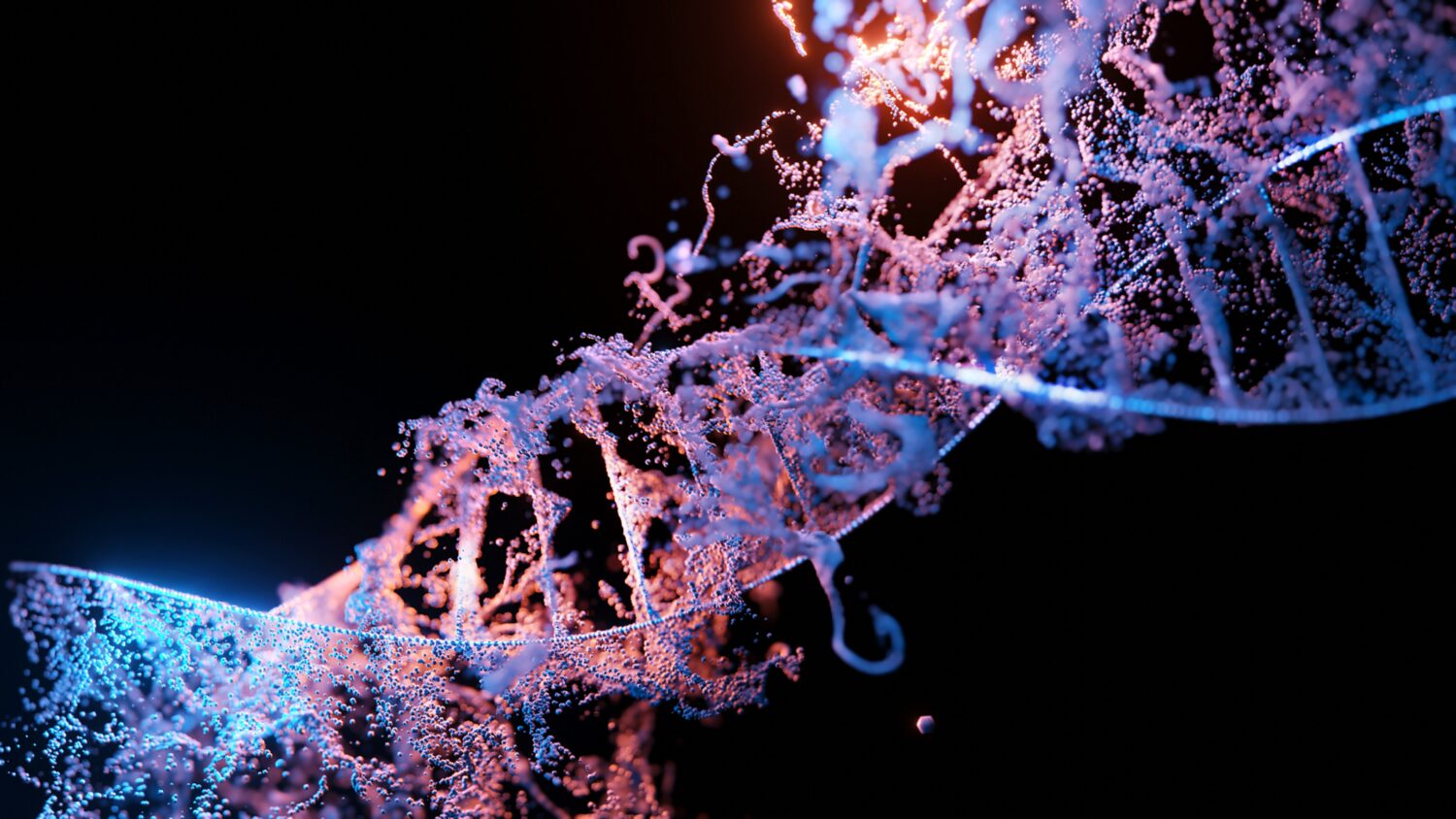
Gene therapy is making a world where cancer and AIDS can be cured, and a person can alter their genetic makeup, changing the direction of their own and their offspring’s evolution in the process. However, the effects of gene therapy are long-lasting, and may impact both your and the health of your future children.
What Is Gene Therapy?
Utilizing a gene or genes to treat or cure a disease or medical condition is known as gene therapy. Gene therapy frequently involves replacing a damaged gene in a patient’s cells with a healthy copy or inserting new copies of a damaged gene.
Instead of drugs or surgery, gene therapy procedures allow doctors to treat a problem by changing a person’s genetic composition. The first gene therapy technique, also known as gene transfer or gene addition, was created to:
– Add a new gene to cells to aid in treating a disease
– Introduce a healthy gene copy to replace the disease-causing altered copy
Later research helped to advance gene therapy methods. A more recent method, genome editing, takes a different tack in addressing genetic discrepancies. Genome editing uses molecular tools to alter the DNA already present in cells rather than introducing new genetic material. Research on genome editing aims to:
– Restore a gene’s normal function
– Correct the genetic change that underlies an illness
– Activate a gene that isn’t working correctly
– Eliminate a section of DNA that interferes with gene activity and causes illness
However, gene therapy is still a field that primarily exists in research labs, and its application is still being tested. The majority of trials take place in Europe, US, and Australia. The treatment is extensive and is being tested to be used to treat acquired genetic diseases like cancer and some viral infections like AIDS, as well as diseases brought on by recessive gene defects, including cystic fibrosis, hemophilia, muscular dystrophy, and sickle cell anemia.
Types of Gene Therapy
Gene therapy comes in various forms, including:
– Gene editing: Gene editing aims to remove undesirable genes or fix mutated genes
– Cellular gene therapy: The patient’s cells are taken out, genetically altered (typically via a viral vector), and then put back in
– Plasmid DNA: It is possible to genetically modify circular DNA molecules to deliver healing genes into human cells
– Viral vectors: Certain gene therapy items are made from viruses because they naturally possess the potential to introduce genetic material into cells. These altered viruses can be employed as vectors to transport therapeutic genes into cells once viruses have been altered to reduce their capacity to spread infectious diseases
Ethical Issues in Gene Therapy
The idea of genetically altering genes has long been the subject of contentious debate in the scientific community. When new techniques are developed, bioethics is always present to evaluate the procedure’s hazards and moral ramifications. Genetic therapy in somatic cells is widely accepted in the scientific community, particularly in severe diseases like cystic fibrosis and Duchenne muscular dystrophy.
For instance, the first experiment for modifying healthy human embryos was allowed in the United Kingdom. On the other hand, American research organizations remained conservative, restating their stance that they do not support this kind of trial and saying that they must wait for advancements in both the methods and the definitions of ethical issues.